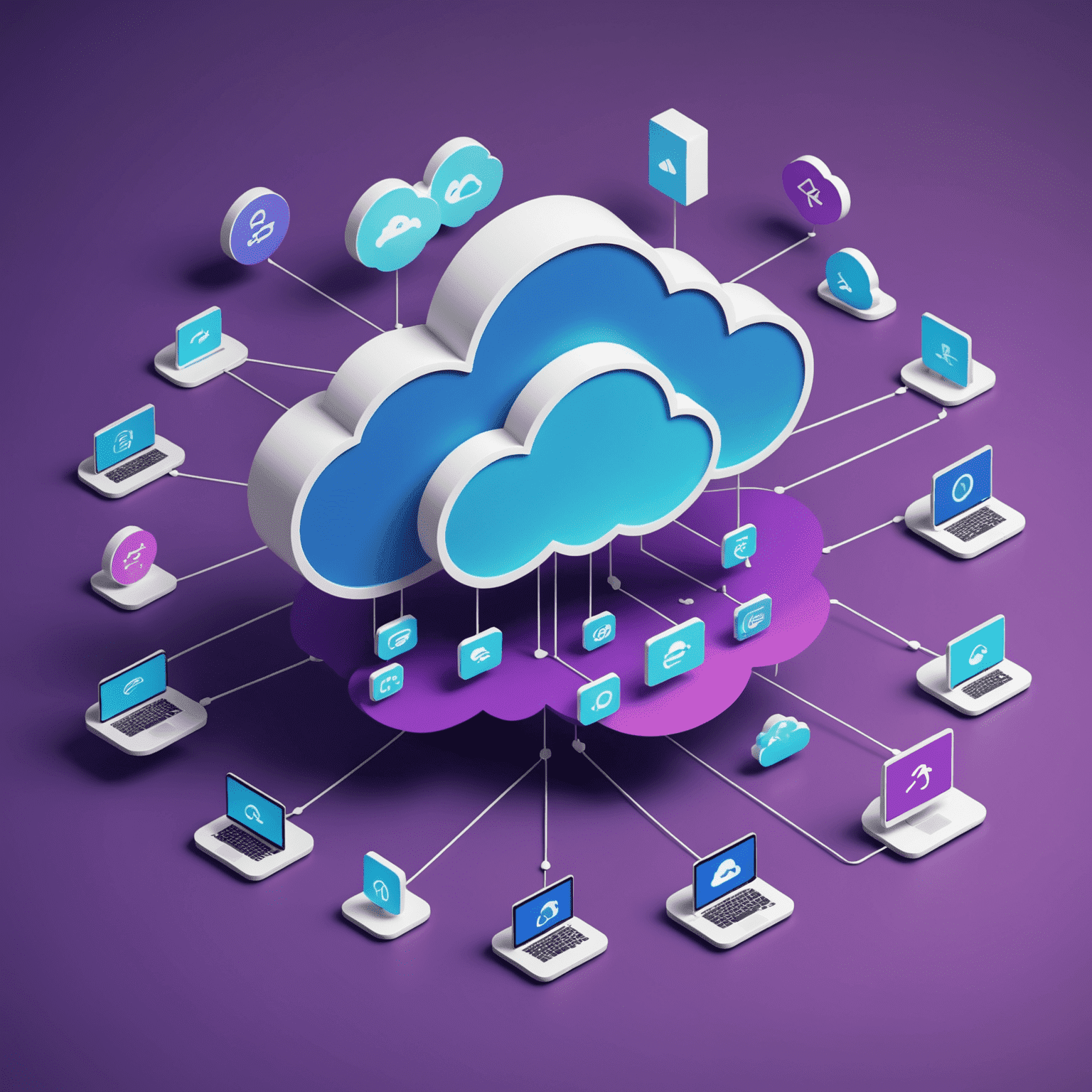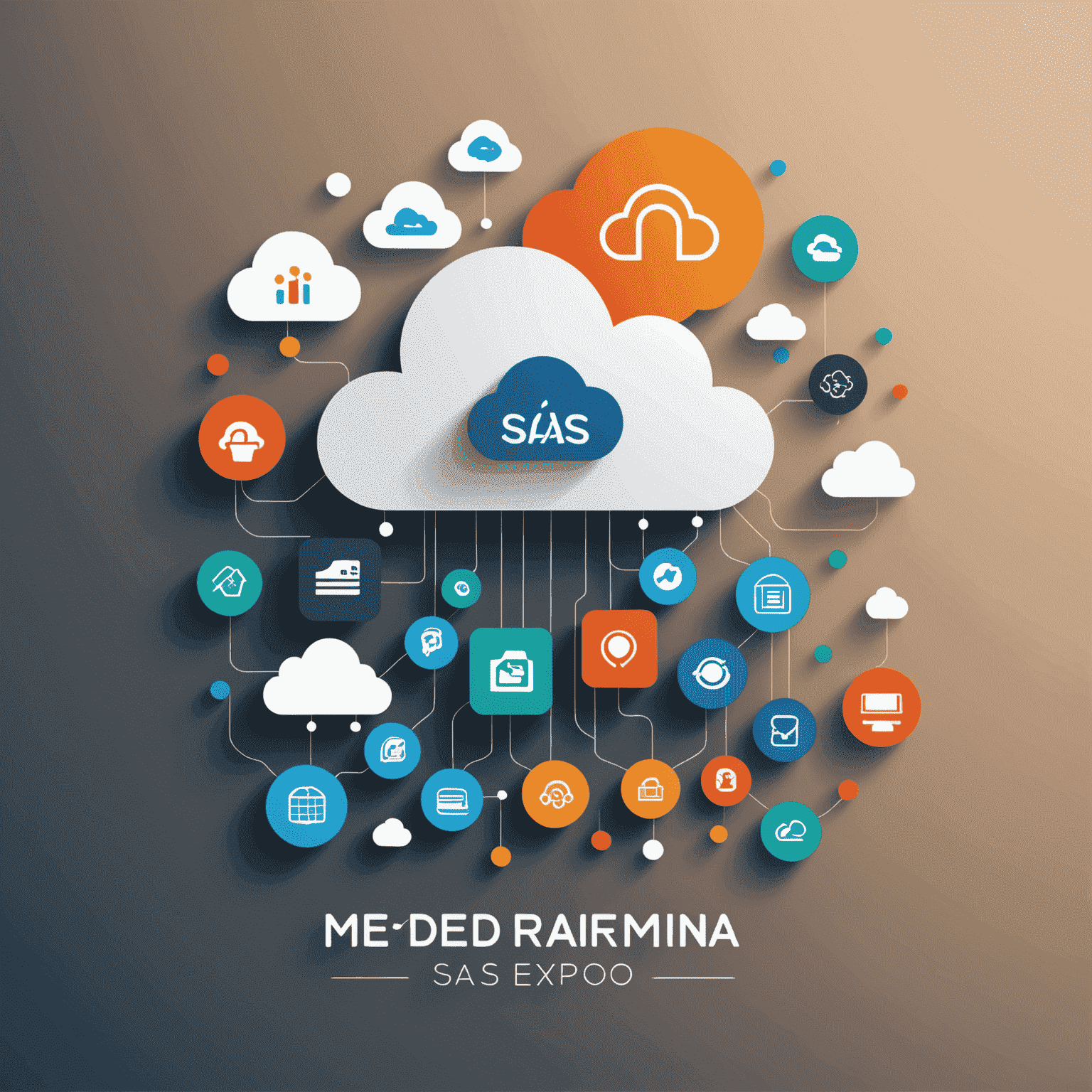SaaS Integration Strategies

In today's rapidly evolving digital landscape, enterprises are increasingly relying on multiple SaaS solutions to streamline their operations and drive innovation. However, the challenge lies in seamlessly integrating these diverse platforms to create a cohesive and efficient ecosystem. This article explores best practices for SaaS integration within enterprise environments, with a focus on API management and data synchronization.
The Importance of SaaS Integration
As businesses adopt a growing number of SaaS applications, the need for effective integration becomes paramount. Properly integrated SaaS solutions can lead to:
- Improved operational efficiency
- Enhanced data consistency across platforms
- Reduced manual data entry and associated errors
- Better decision-making through comprehensive data insights
- Increased agility and scalability of IT infrastructure
Best Practices for API Management
Effective API management is crucial for successful SaaS integration. Consider the following strategies:
- Centralized API Gateway: Implement a centralized API gateway to manage all API traffic, ensuring security, monitoring, and scalability.
- API Versioning: Maintain proper versioning of APIs to ensure backward compatibility and smooth updates.
- Authentication and Authorization: Implement robust authentication mechanisms such as OAuth 2.0 for secure API access.
- Rate Limiting and Throttling: Apply rate limits to prevent API abuse and ensure fair usage across integrated systems.
- Comprehensive Documentation: Provide detailed API documentation to facilitate easier integration for developers.
Data Synchronization Strategies
Ensuring data consistency across multiple SaaS platforms is critical. Consider these approaches:
- Real-time Synchronization: Implement webhooks or event-driven architectures for immediate data updates across systems.
- Batch Processing: For large volumes of non-time-sensitive data, use scheduled batch synchronization to optimize resource usage.
- Data Mapping and Transformation: Develop robust data mapping strategies to handle differences in data structures between SaaS platforms.
- Conflict Resolution: Implement clear conflict resolution policies for scenarios where data discrepancies occur.
- Data Validation: Enforce data validation rules to maintain data integrity across all integrated systems.
Integration Patterns and Architectures
Choose the right integration pattern based on your specific needs:
- Point-to-Point Integration: Suitable for simple integrations between two systems.
- Hub-and-Spoke: Ideal for centralizing integration logic when dealing with multiple SaaS applications.
- ESB (Enterprise Service Bus): Provides a robust solution for complex enterprise integrations.
- Microservices Architecture: Enables flexible and scalable integration for modern, distributed systems.
Monitoring and Maintenance
Continuous monitoring and maintenance are essential for long-term success:
- Implement comprehensive logging and monitoring solutions
- Set up alerts for integration failures or performance issues
- Regularly review and optimize integration workflows
- Stay updated with changes in SaaS APIs and adjust integrations accordingly
Conclusion
Successful SaaS integration within enterprise environments requires a strategic approach to API management and data synchronization. By following these best practices, organizations can create a seamless ecosystem of cloud-based solutions that drive efficiency, innovation, and growth. As the SaaS landscape continues to evolve, staying informed about the latest integration technologies and methodologies will be crucial for maintaining a competitive edge in the digital marketplace.
